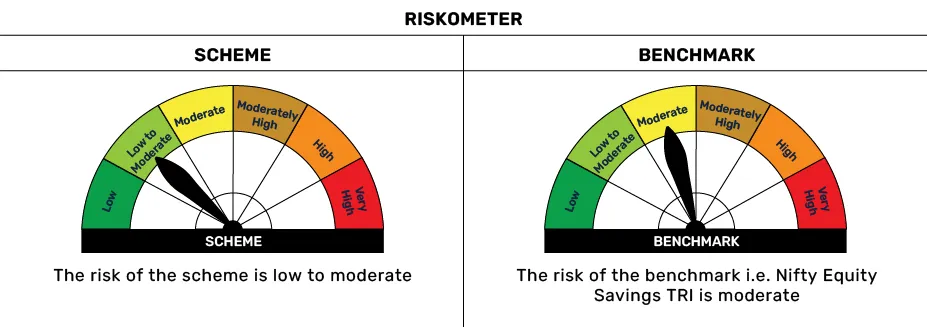Equity Savings Funds are hybrid mutual funds that aim to provide a balance of potential growth and relative stability by investing in a mix of equity, debt, and arbitrage strategies. Typically, the equity portion offers long-term growth potential, the debt component contributes to relative stability, and the arbitrage portion may help reduce volatility by capturing low-risk market spreads.
The Bajaj Finserv Equity Savings Fund’s portfolio mix is as follows:
- Equity portion: Invests in companies with sustainable growth at fair or slightly undervalued prices using a GARP strategy, aiming for long-term capital appreciation.
- Arbitrage portion: Exploits short-term price differences to create hedged equity positions, lowering market risk and volatility.
- Debt portion: Focuses on quality AAA-rated and sovereign securities, balancing risk and return through active management.
The fund may also allocate to REITs and InvITs for added diversification.
How Does Bajaj Finserv Equity Savings Fund Work
As per regulatory norms, an Equity Savings Fund is a hybrid fund that combines equity, debt and arbitrage in its portfolio. The equity portion helps capture growth potential in the long term, while the arbitrage portfolio seeks to profit from brief market inefficiencies. The debt component, meanwhile, adds relative stability to the portfolio.
The Bajaj Finserv Equity Savings Fund actively manages its portfolio to capture upside or mitigate the impact of volatility in different market conditions. The debt portion seeks to offer the potential for steady income and relative stability. Finally, the arbitrage portion seeks to generate low volatility returns and hedge the portfolio.
How to Invest in Bajaj Finserv Equity Savings Fund
To invest in Bajaj Finserv Equity Savings Fund, you can use the following modes –
- Offline mode – If you wish to invest offline, you can fill out an application form and submit it to the official point of acceptance (OPAT) of the AMC, either directly or through a distributor.
- Online mode – If you are looking to invest online, you can do so with your Demat account or by creating an account on the Bajaj Finserv AMC website. You can also take the help of a distributor. Once you create your account, you can choose to invest in Bajaj Finserv Equity Savings Fund through SIP or lumpsum.
Taxation on Bajaj Finserv Equity Savings Fund
Taxation on Bajaj Finserv Equity Savings Fund follows the same rules as applicable to equity schemes.
- Short-term capital gains – If you redeem your units within 12 months, the gains are treated as short-term and are taxed at 20%, plus applicable surcharge and cess.
- Long-term capital gains – If you stay invested for over 12 months, your gains up to ₹1.25 lakh in a financial year are tax-exempt. Any amount above this is taxed at 12.5%, plus surcharge and cess wherever applicable.
Explore Related Hybrid Funds
Explore All Schemes




